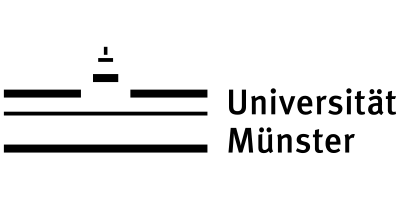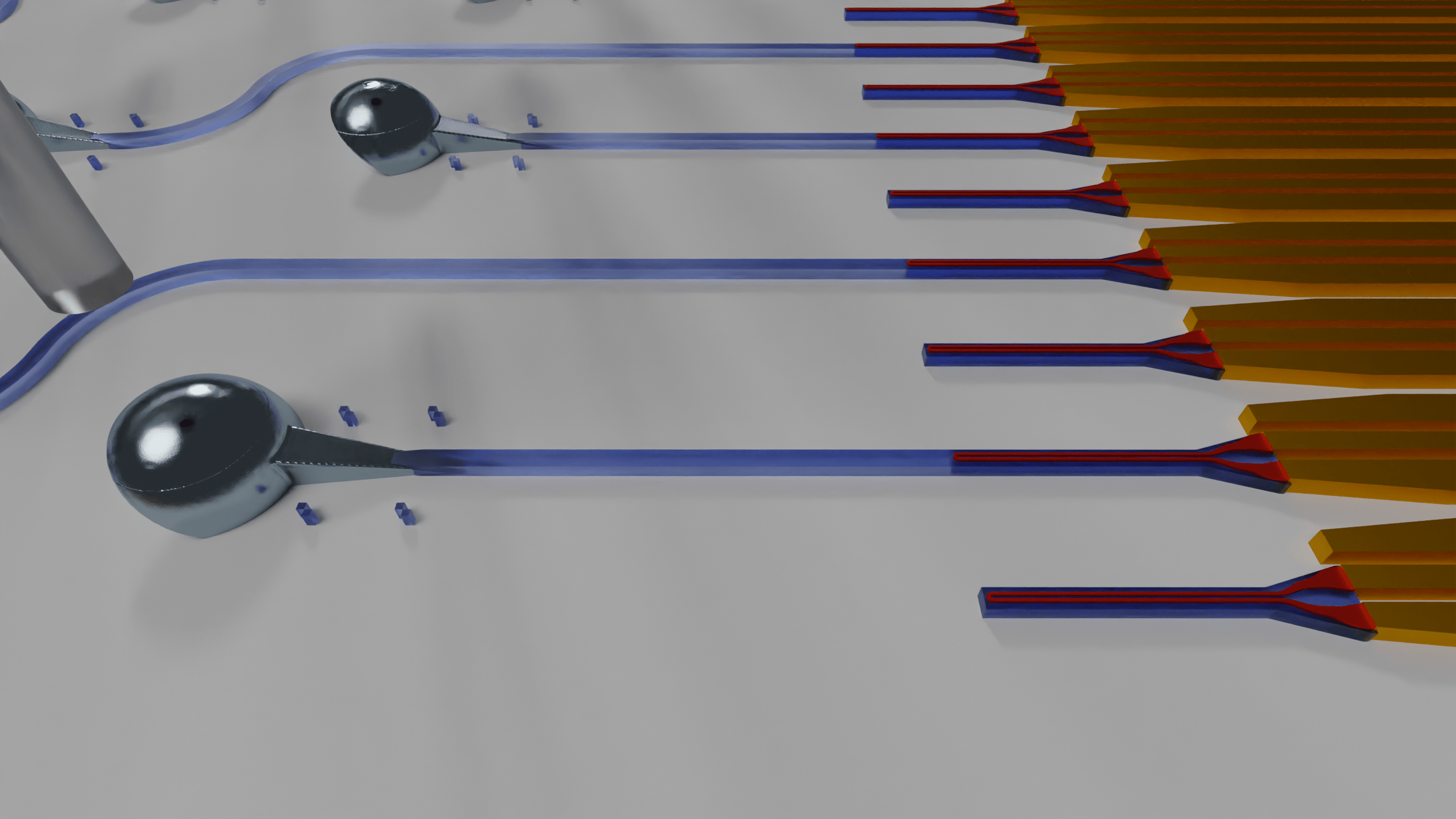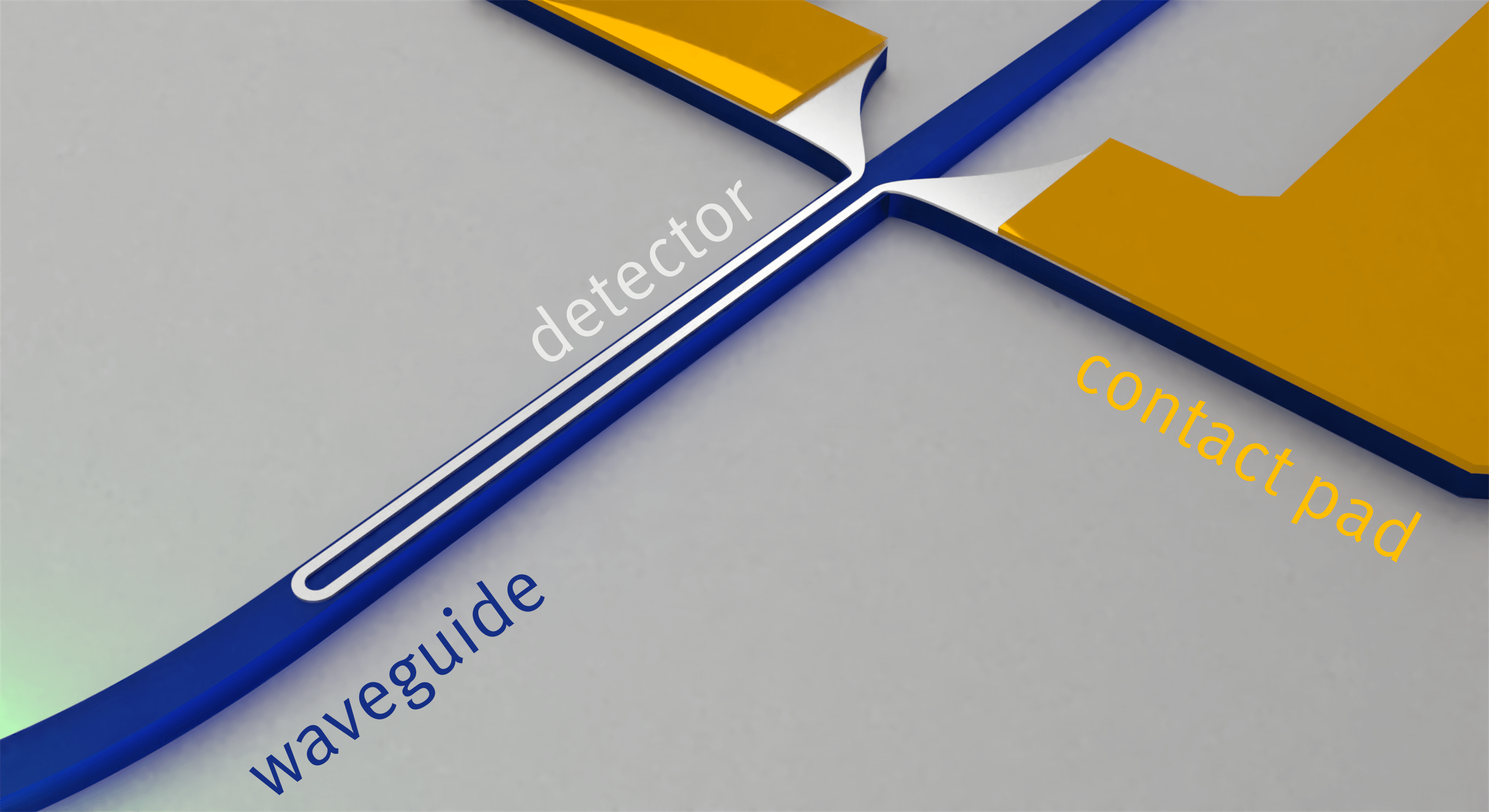The University of Münster is one of the largest universities in Germany with a rich and time-honored tradition. It enjoys an outstanding reputation in the region and far beyond. Fifteen faculties with 120 degree programs and some 30 research centers comprise the institutional backbone of the University. Some 44,600 students and 5,600 academics appreciate the University’s excellent research opportunities, high-quality teaching, promotion of junior researchers, and the advantages of living in the city of Münster. Our slogan sums it up best: “living.knowledge”. The University of Münster promotes internationally renowned, cutting-edge research in mathematics, the humanities and social sciences, the natural sciences and life sciences. These areas comprise outstanding basic research and application-oriented projects. In addition to overseeing two Clusters of Excellence, the University of Münster is the designated spokesperson in ten DFG collaborative research centres. Ten Leibniz Prize winners currently work at the University of Münster and around 20 grants by the European Research Council (ERC) underscore the excellent research performance. Quantum Science, Education, and Technology is an emerging field at the University of Münster, where scientists from physics, mathematics, and computer science jointly explore and exploit the counter-intuitive properties of the quantum world in photonic, solid-state, and superconducting implementations, as well as hybrid versions thereof. Research and research-oriented teaching are strengthened by the recently founded Department for Quantum Technology and profit immensely from dedicated facilities and modern research infrastructure. The Münster Nanofabrication Facility (MNF) operates two cleanrooms and several instruments with structuring and analysis capabilities down to molecular dimensions; simulation and theoretical modeling work benefits from state-of-the-art high-performance computing resources. The Integrated Quantum Technology group of Prof. Schuck develops waveguide-integrated Superconducting Nanowire Single Photon Detectors (SNSPDs) to provide crucial measurement capabilities for the QU-PIC platform. The challenges arising from the innovative material combination and wide spectral bandwidth targeted by the various use cases within the project will be met with computer aided design studies, the development of advanced nanofabrication processes, and state-of-the-art optical and electrical device characterization. The primary objective of the Münster effort consists in integrating SNSPDs on aluminium oxide waveguides, which constitutes a core component of the QU-PIC toolkit. As a Work Package leader, the Münster group will coordinate the detector development with efforts to provide novel ASIC-based readout solutions for SNSPDs and realizing detector solutions for the anticipated quantum processor. Qu-PIC
Universität Münster
Corporate presentation
Role in the project



